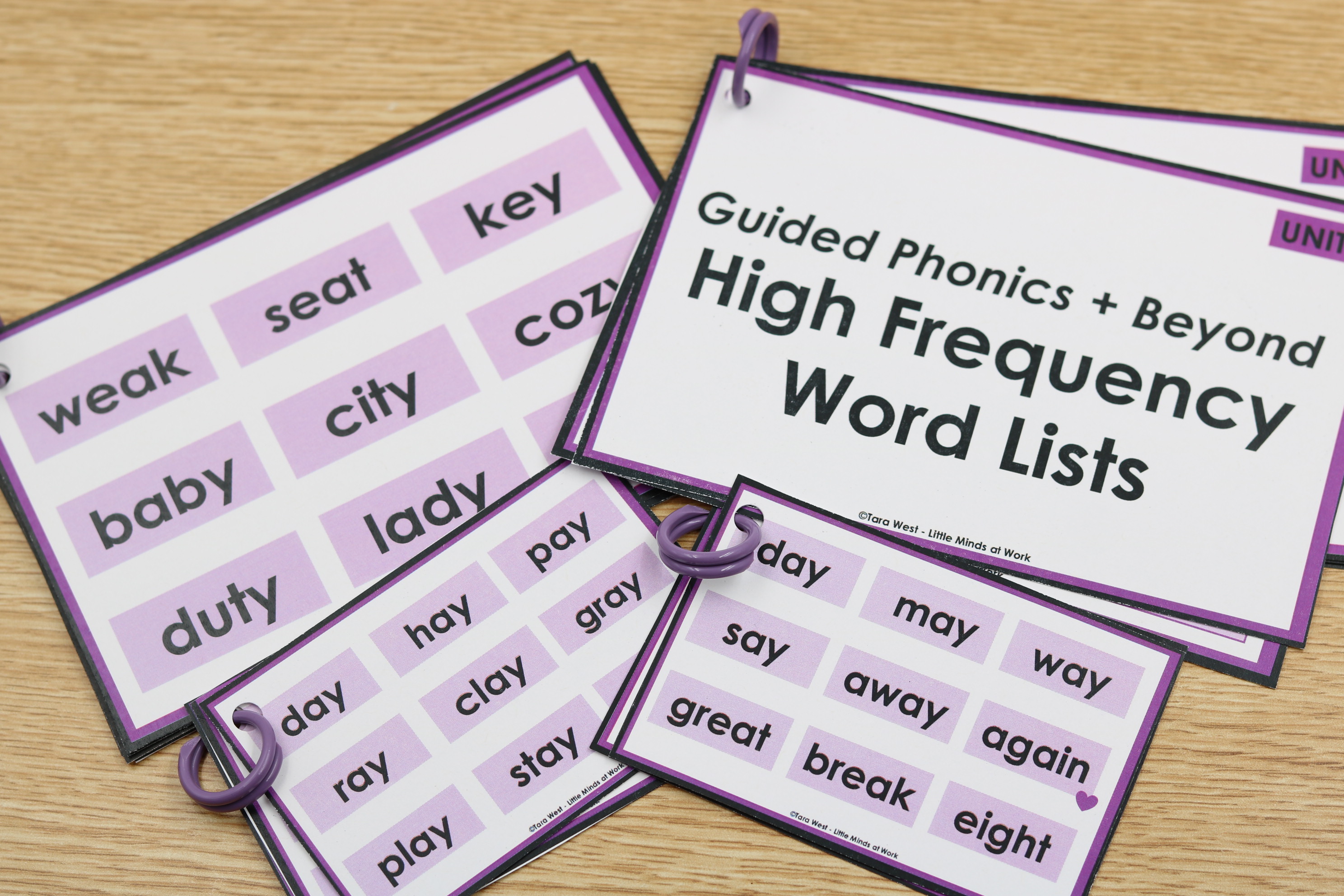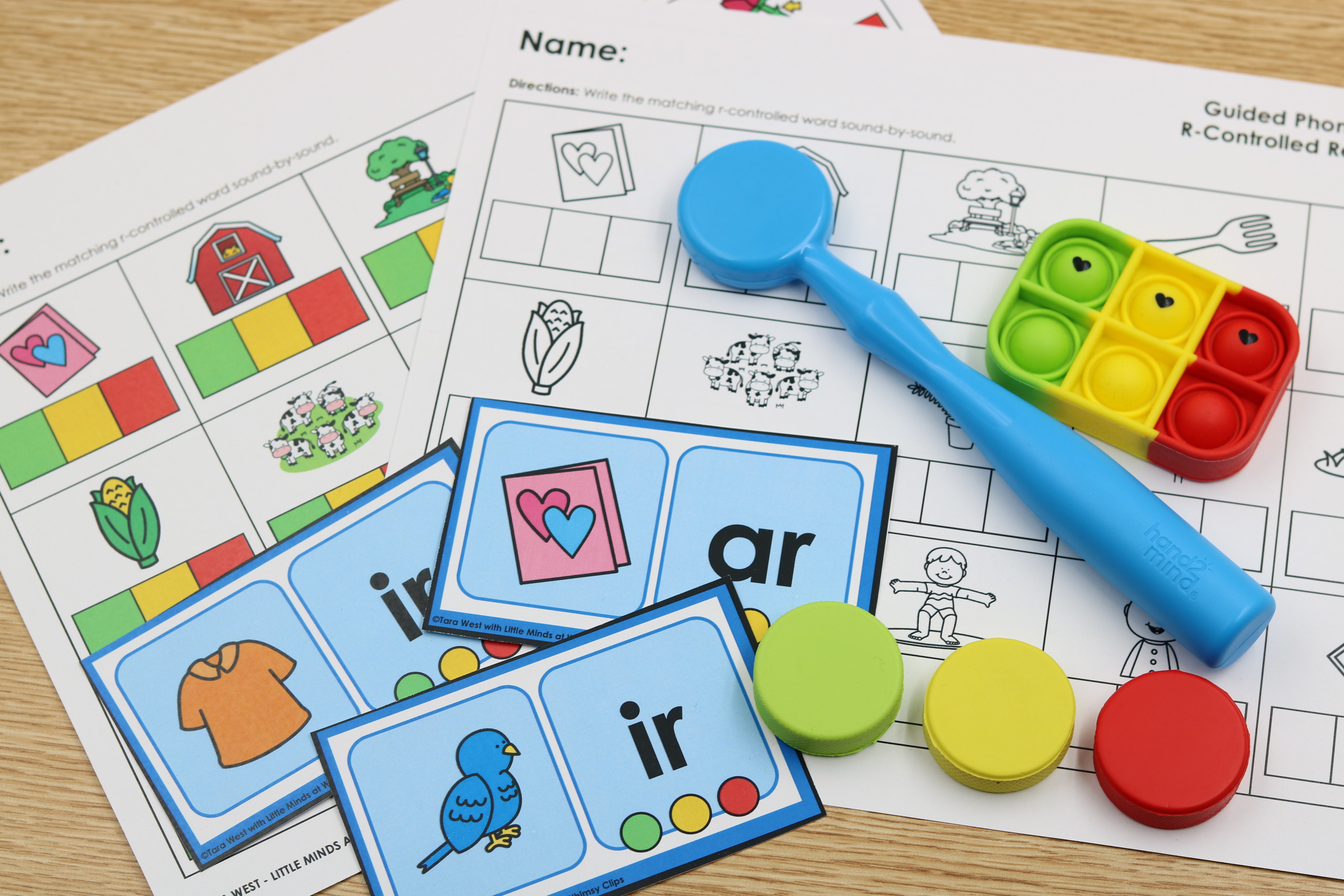Hello, passionate educators and literacy leaders! As you know, phonics instruction is...
Are you wanting to push your highest
readers? Hold them more accountable with
their reading? Well, starting literature
circles might be the direction to go! I
promise, it is possible!! After watching and discussing literature circles with
2nd and 3rd
grade teachers, I thought to myself “my kiddos can do that!” So, I started literature circles with my
highest reading group and they LOVE it!
Like everything else, teaching the
structure and routine of literature circles takes teaching, practice, and
patience. The students are given more
responsibility with their reading, which they are not used to. My students were used to reading the text at
the back table, discussing it, and writing about it, but now they are
responsible for having read the chapter and completing the assignment before I
meet with their group. We had to (and
still do) have several conversations about responsibility and if they don’t do
their job it is hard to discuss the reading as a group. If the students are not prepared to meet
because they did not read the chapter or complete their assigned role, they are
sent back to their seat to complete it.
In my classroom, I begin literature
circles by reading the Flat Stanley series.
The students LOVE these books. I
also give them a literature circle packet (see below). I begin by introducing the book and some
unknown, tricky words they may not know.
Then we open our literature packet and discuss the expectations.
After the students read the first
chapter, they complete the first role, word wizard. During this role, the students write three
unknown words, the page number, and the definition. On this page we also discuss how to use a
dictionary, what to do if there is more than one definition, and where they can
be found in the classroom. When I meet
with their group, we discuss the chapter and the words they found and wrote on
the Word Wizard page.
This process, reading one chapter and
completing a role in the packet, continues until the whole packet is
complete. I feel it is VERY important,
especially at the first grade level, to complete the packet together, as a
group, discussing the expectation of each role thoroughly before they move into
individual roles. This process also
gives students more confidence in knowing how to complete each page.
After we have completed the whole packet,
the “real” fun of literature circles begins.
The students get to choose a role card for the chapter. To prepare the role cards, I printed them on
cardstock and laminated for durability.
I present them to the students in a “pick a card, any card” type of
game, fanning them out face down. My
only rule is that students may not have the same role twice in one book.
As we begin the second book of the Flat
Stanley series, I assign the students to read chapter 1 and they choose role
cards. The students have plenty of time
to complete their reading and role to be ready to discuss. When I meet with their group, we discuss the
chapter. We get to hear from Word
Wizard, Discussion Director, Voracious Visualizer, Story Mapper, etc. Each student has a different role to share
about the chapter. It is very exciting
to hear their discussion about the unknown words and questions they came up
with to ask their peers. **Although they
do ask and answer questions during discussion director, I also ask
text-dependent questions that challenge their critical thinking skills.
–Ashley Klein, First Grade Teacher
You can snag the student packet and role cards in my shop for three bucks! If interested you can follow the link below! 🙂
Tara




